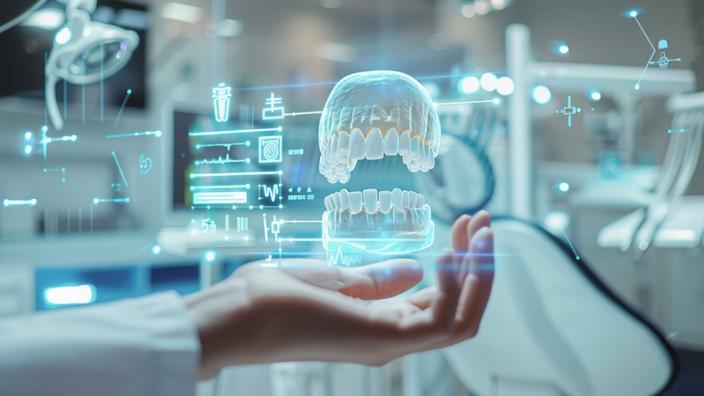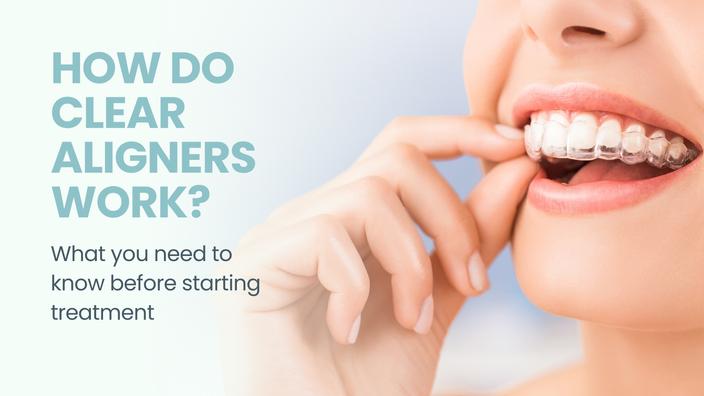April 17, 2023
How VISION's AI Sets It Apart: An Engineer’s Viewpoint

Technology has the power to revolutionize healthcare delivery. The incorporation of AI into orthodontic treatment planning software is no exception - this powerful tool can save time and effort while providing accurate diagnostics for their patients. As AI makes inroads into many aspects of modern life, it is also quickly changing orthodontic treatment planning. This includes SoftSmile's VISION software that incorporates AI and machine learning, which speeds up the Pre-processing and Staging phases of treatment planning.
We spoke with Dmitry Garshin, R&D lead and Solution Architect at SoftSmile about how AI is built into VISION and the time and cost savings it creates for doctors.
How does the AI in VISION make it easier and faster for doctors and their staff to create orthodontic treatment plans?
To be precise, "AI" is an extremely broad concept, by which one may assume a thinking, intellectual agent. From this standpoint, VISION has no AI, because VISION cannot think. The software works based on predefined guidelines and implements a number of optimization algorithms. These algorithms help to optimize the user’s experience and to minimize the amount of time that a user, a living person, spends with this software. VISION automates the standard workflow used by doctors.
The Set up and Staging phases of treatment planning were historically done manually, but now it is done with software. Early treatment planning software products required people to do all the necessary actions, which were analogies for the physical manipulation of the objects. Once automation appeared, our goal with VISION software was to reduce the amount of manual work involved and offer the best product on the market.
For example, every treatment software creates a 3D model of each tooth. Historically this took a lot of time because users needed to manually define the borders between the teeth and gingiva. VISION does this automatically and the user simply needs to accept or change the software's decision. This allows VISION users to save about ten minutes per case.
Additionally, VISION measures distances between teeth and can predict collisions between them during treatment. But the original intraoral scans do not represent the teeth surfaces in interdental areas. It was an important goal of our team to reconstruct the surfaces in these areas as close to reality as possible, in order to measure distances between teeth in software– the AI in VISION makes this possible.
How does VISION save time during the Staging phase?
VISION performs automatic staging of a patient case based on the final teeth positions specified by the doctor. This is not a trivial task to define how and in which order the teeth are to be moved throughout the treatment process while avoiding collisions between teeth and minimizing treatment duration. Without automation, this process takes quite a lot of manual work per case.
VISION allows users to understand and visually comprehend the collisions. We’ve designed a user interface in which a doctor can see - on just a single glance - collisions between teeth throughout the entire treatment process. This allows users to quickly make decisions. While some call this AI, it's still a number of very unique algorithms working together.
We have implemented an algorithm that minimizes and immediately resolves collisions. This feature saves a lot of time and allows the user to dramatically reduce the complexity of the treatment plan. It removes at least 95% of problems and then the user manually needs to resolve just a small part of the original problem.
We are emulating biomechanical processes that happen during the real treatment of the patient with a mathematical model of the physical interaction between the patient's aligner, teeth, and jaws. We believe we have a prototype that allows us to predict the teeth movement per aligner much better than the naive approach that is currently used in the industry. The idea is that, given the improved prediction of teeth movement, we can design aligners that move teeth more precisely into the positions that we need. This is yet another topic that I could identify as AI that we are currently developing and I believe that when we release it, it may change the rules of the game.
Dmitry serves as the R&D lead at SoftSmile and is responsible for helping to develop SoftSmile’s AI-driven orthodontic treatment planning software, VISION.



